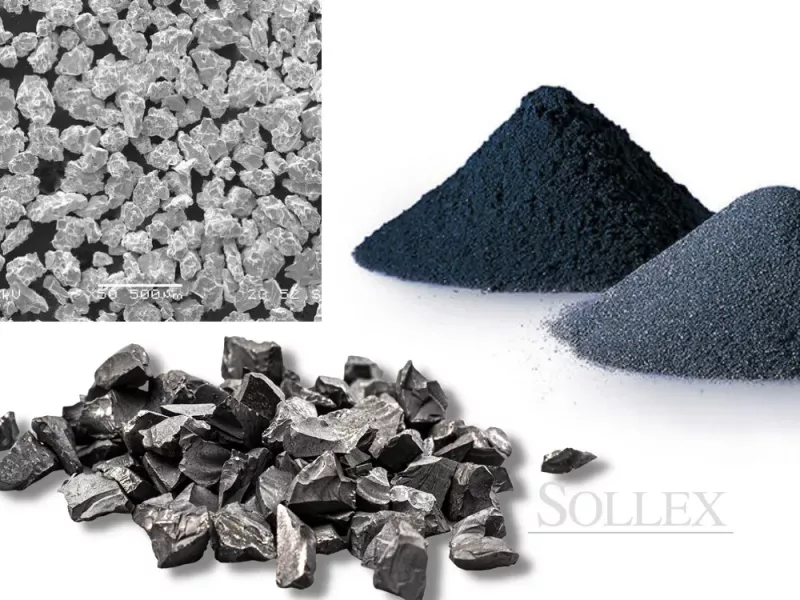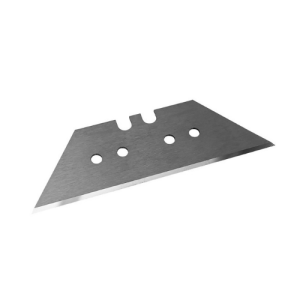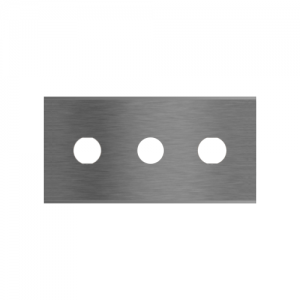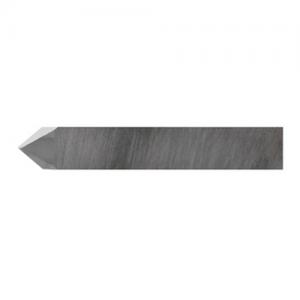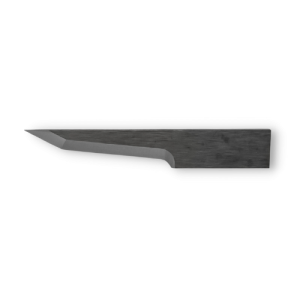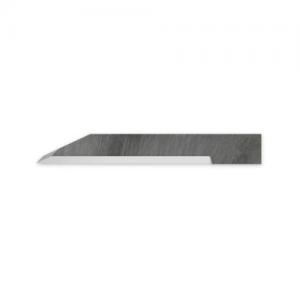Tungsten Carbide - Properties and Applications of Tungsten Carbide: Part 1
On the topic of "Tungsten Carbide Tools to Customer Drawings with Extreme Tolerances and Surface Characteristics" we have prepared a series of blog posts. We start by talking about the amazing material tungsten carbide, its properties and applications in the post "Tungsten Carbide - Properties and Applications of Tungsten Carbide". You can read the following parts "Tungsten Carbide and Technology" and "What Kind of Tungsten Carbide Does Sollex Use" on our blog.
What is Tungsten Carbide?
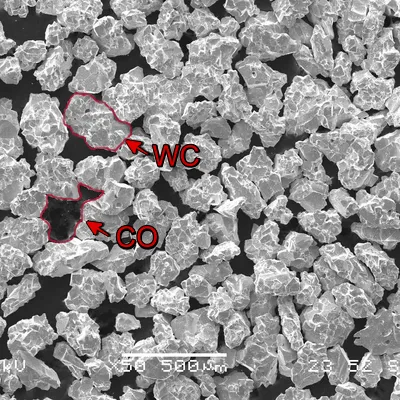 Tungsten carbide is a tough material that is used to make cutting tools. Its structure is similar to that of concrete, with grains of tungsten carbide acting as grains and cobalt as a binder. The superfine grain size provides high hardness while maintaining strength.
Tungsten carbide is a tough material that is used to make cutting tools. Its structure is similar to that of concrete, with grains of tungsten carbide acting as grains and cobalt as a binder. The superfine grain size provides high hardness while maintaining strength.
What is Tungsten Carbide Made of?
Cemented carbide is a material that typically consists of a mixture of tungsten carbide and a binder metal such as cobalt or nickel. Additional elements such as titanium and tantalum may be added to improve performance. Tungsten carbide is a powder metallurgy composite. Tungsten carbide is produced by the sintering process. Small grain carbides have greater hardness, compressive strength, and wear resistance than large-grain carbides. The cobalt in the carbide affects the strength, hardness, and wear resistance. Carbide has high hardness, wear resistance, and resistance to heat and abrasion. This makes carbide a good choice for making tools for industrial applications.
How Does Grain Structure Affect Tungsten Carbide?
One of the reasons why carbide has such high hardness is its fine grain structure, which means that there are many grain boundaries in the material. These grain boundaries act as barriers to the movement of defects in the material and can prevent deformation of the grains. Carbide is also known for its high melting temperature, making it suitable for high temperature and high stress applications.
Average grain size ųm | Classification |
|---|---|
< 0.2 | nano |
0.2 - < 0.5 | ultrafine |
0.5 - < 0.9 | submicron |
0.9 - < 1.3 | fine |
1.4 - < 2.5 | medium |
2.5 - < 5.0 | coarse |
> 5.0 | extra-coarse |
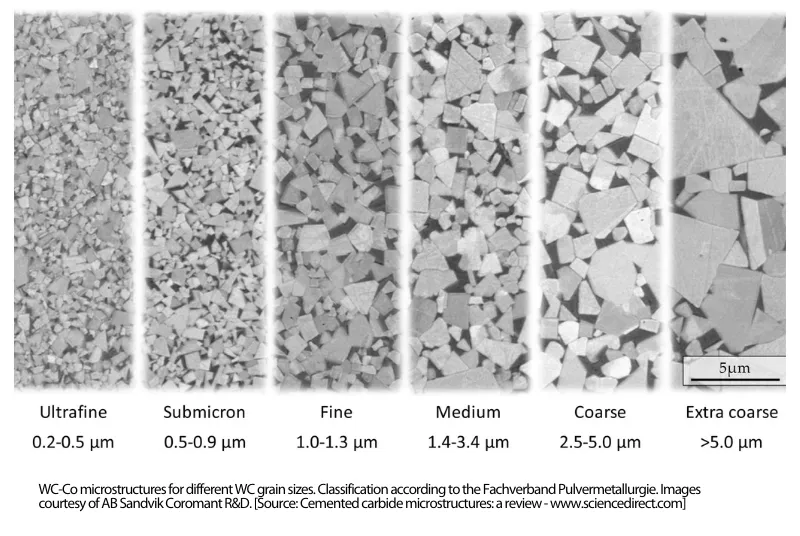
What are Tungsten Carbide Applications?
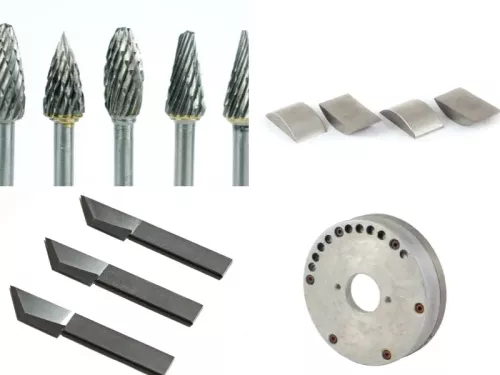 Carbide is used in a wide variety of applications. Some of the most common uses of tungsten carbide include
Carbide is used in a wide variety of applications. Some of the most common uses of tungsten carbide include
- Cutting tools: Tungsten carbide is often used in the manufacture of cutting tools such as drills, milling cutters, taps, cutting wheels, and saw blades. Carbide gives these tools high hardness and wear resistance, allowing them to cut difficult-to-machine materials such as steel, titanium, and tungsten carbide.
- Injection molding tools: precision molds for plastic injection molding are also often made from carbide. Tungsten carbide provides high precision, durability, and wear resistance to the molds. This makes it possible to produce high-quality plastic parts in large quantities.
- Wear and corrosion-resistant parts: Tungsten carbide is also used to make parts that are subjected to high stresses, such as those found in the oil and gas, mining, and pulp and paper industries. Carbide gives these parts high wear resistance, corrosion resistance, and long life.
- Forestry and garden tools: Cutting tools such as saw chains, trimmer heads, and hedge trimmer blades are made from tungsten carbide. Carbide gives these tools high hardness and wear resistance, allowing them to cut wood and other abrasive natural materials.
Where high hardness, wear resistance, and durability are important, carbide is used in a variety of applications. It is often used to make tools and parts in industry where high wear resistance and durability are required.
Tungsten Carbide Tools for Injection Molding
Sollex has long used tungsten carbide to extend the life of knife blades and industrial razor blades in cutting processes. Knowing how to make carbide blades and industrial razors has proven to be extremely useful when it comes to industrial injection molding tools.
Tungsten carbide tools are used to create precision tools for molding plastics. These tools are often made from a combination of carbide and steel to combine high hardness and wear resistance with excellent formability.
Because cemented carbide is extremely hard and wear-resistant, cemented carbide molds can be used to produce high-precision components with a long life and high accuracy. Carbide is also resistant to high temperatures and corrosion, making it suitable for use in abrasive environments. Injection molding tools are expensive to produce, but their long life and high performance make them a cost-effective option in the long run.
Why Choose Tungsten Carbide Tooling?
Tungsten carbide tools are used in the injection molding industry because they have a high degree of hardness and wear resistance, which makes them suitable for molding fine plastic parts. Injection molding is a process in which plastic is melted and injected into a mold, where it solidifies to form a finished part.
Because injection molding is a manufacturing process that can produce thousands or millions of identical plastic parts, it is critical that the molding tools are durable enough to withstand the wear and deformation that occur during the injection molding process. Carbide tools are ideal for this purpose because their high hardness and wear resistance make them resistant to deformation and wear.
The precision of the tool is critical to the shape and surface finish of the final product. Carbide's high hardness and stiffness provide high precision and repeatability during production. This results in high-quality plastic components that conform to the shape of the tool.

